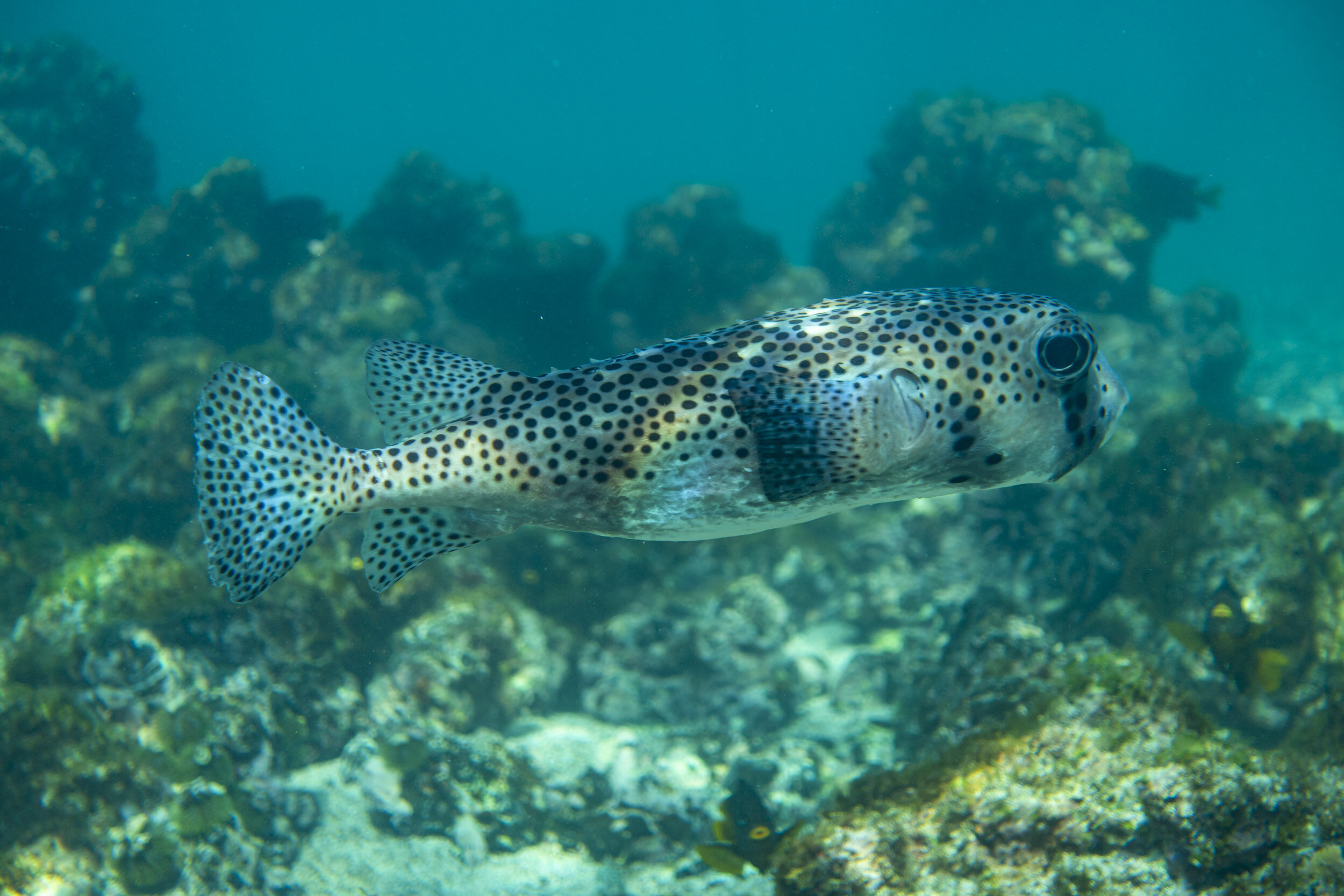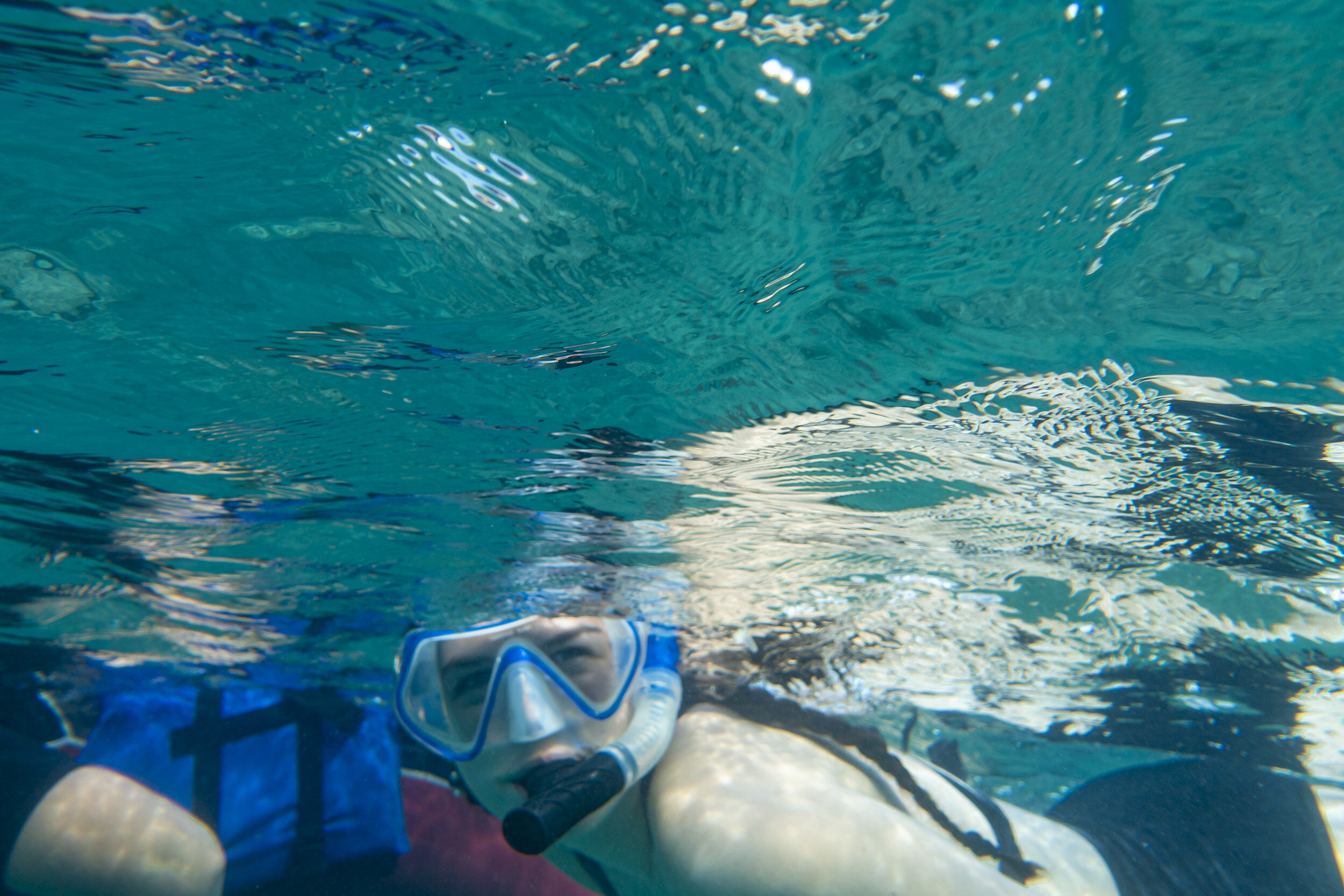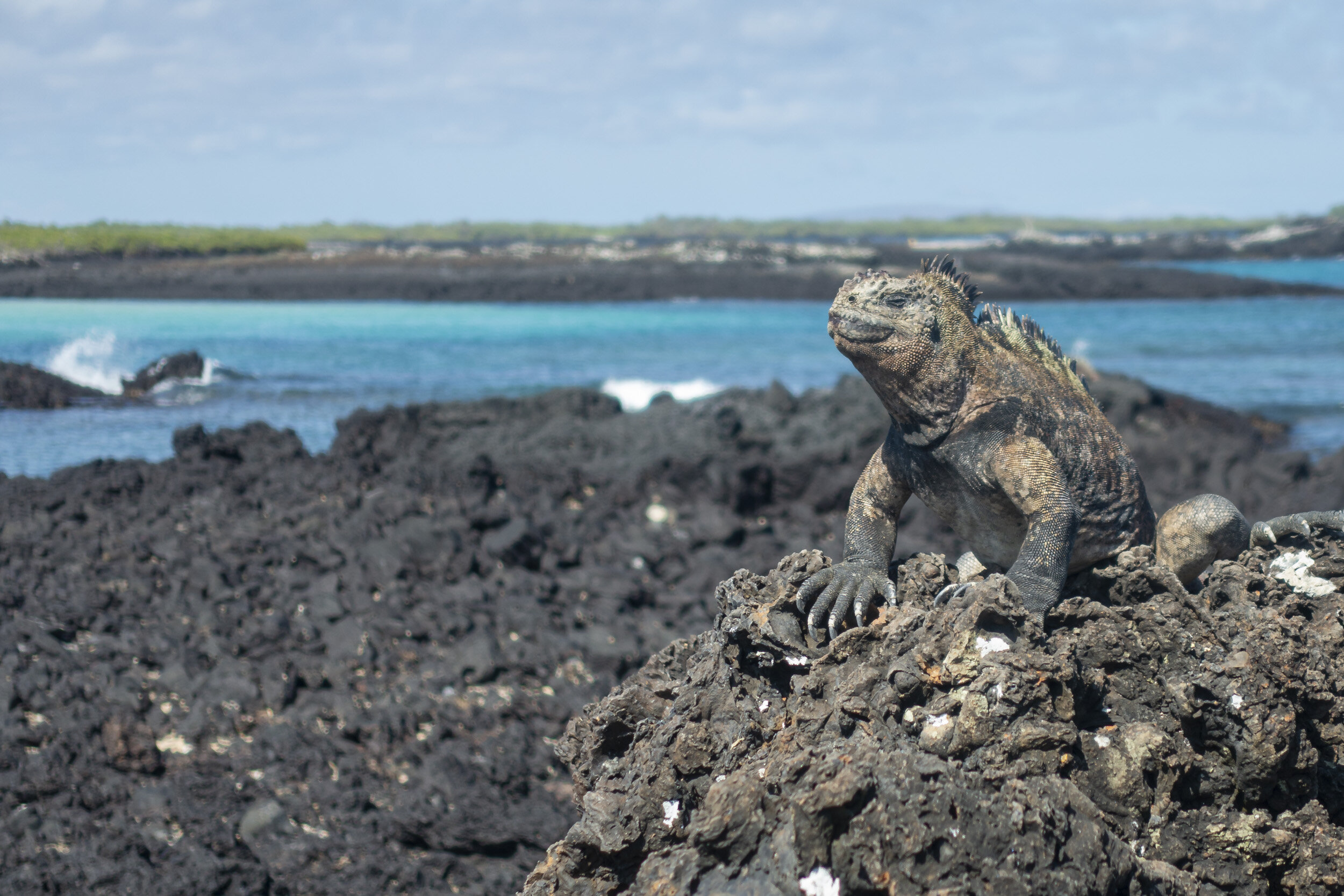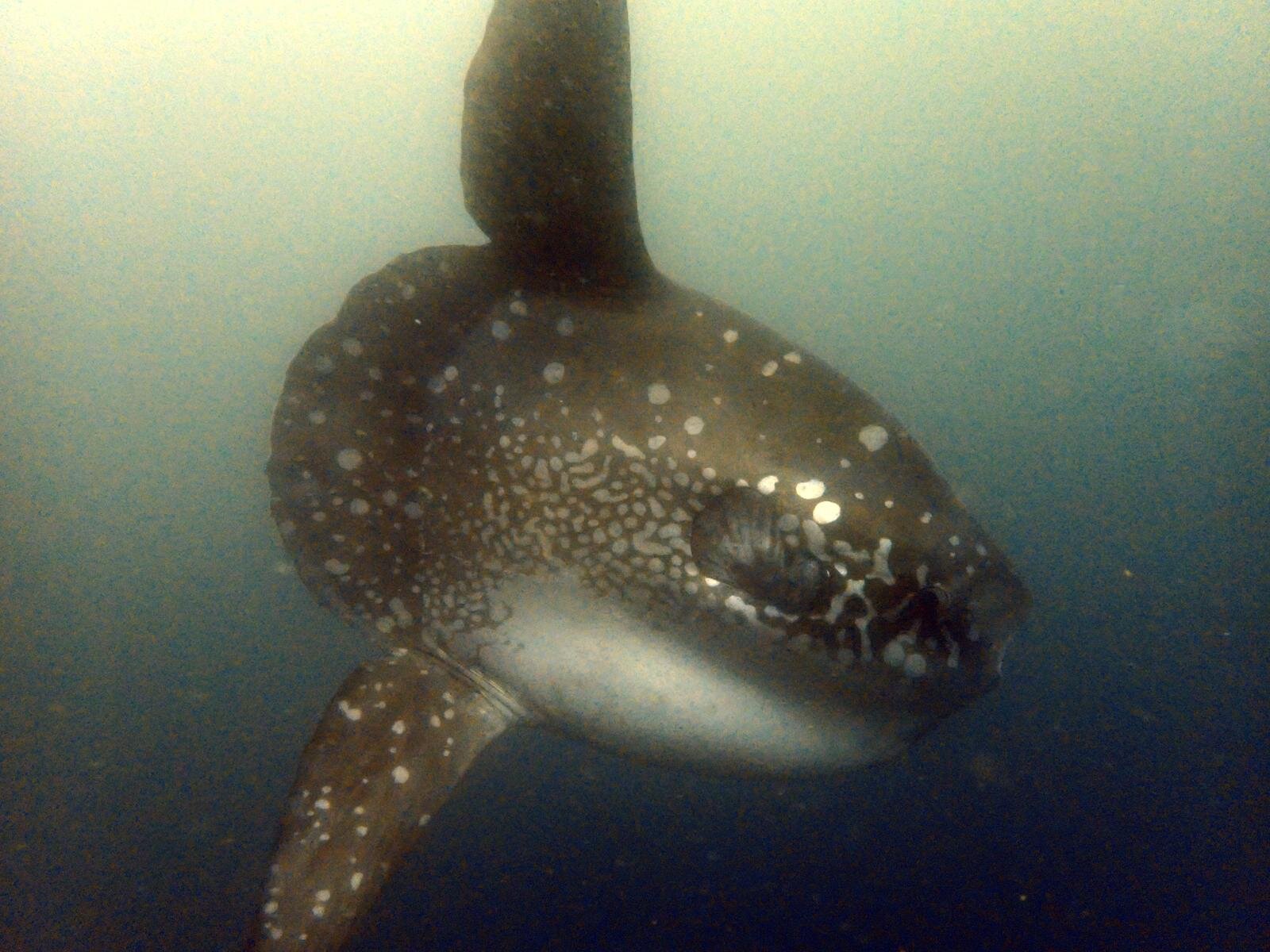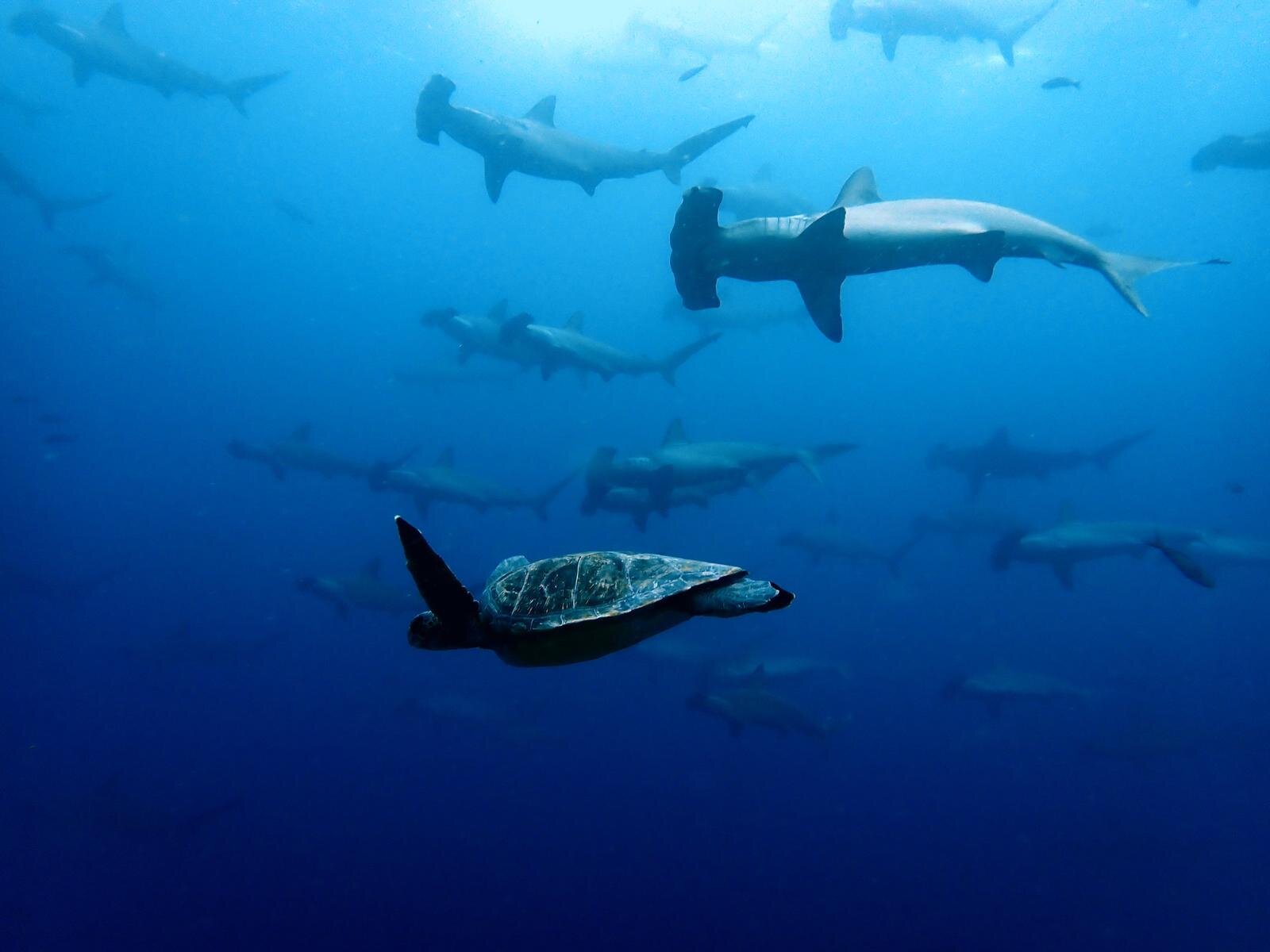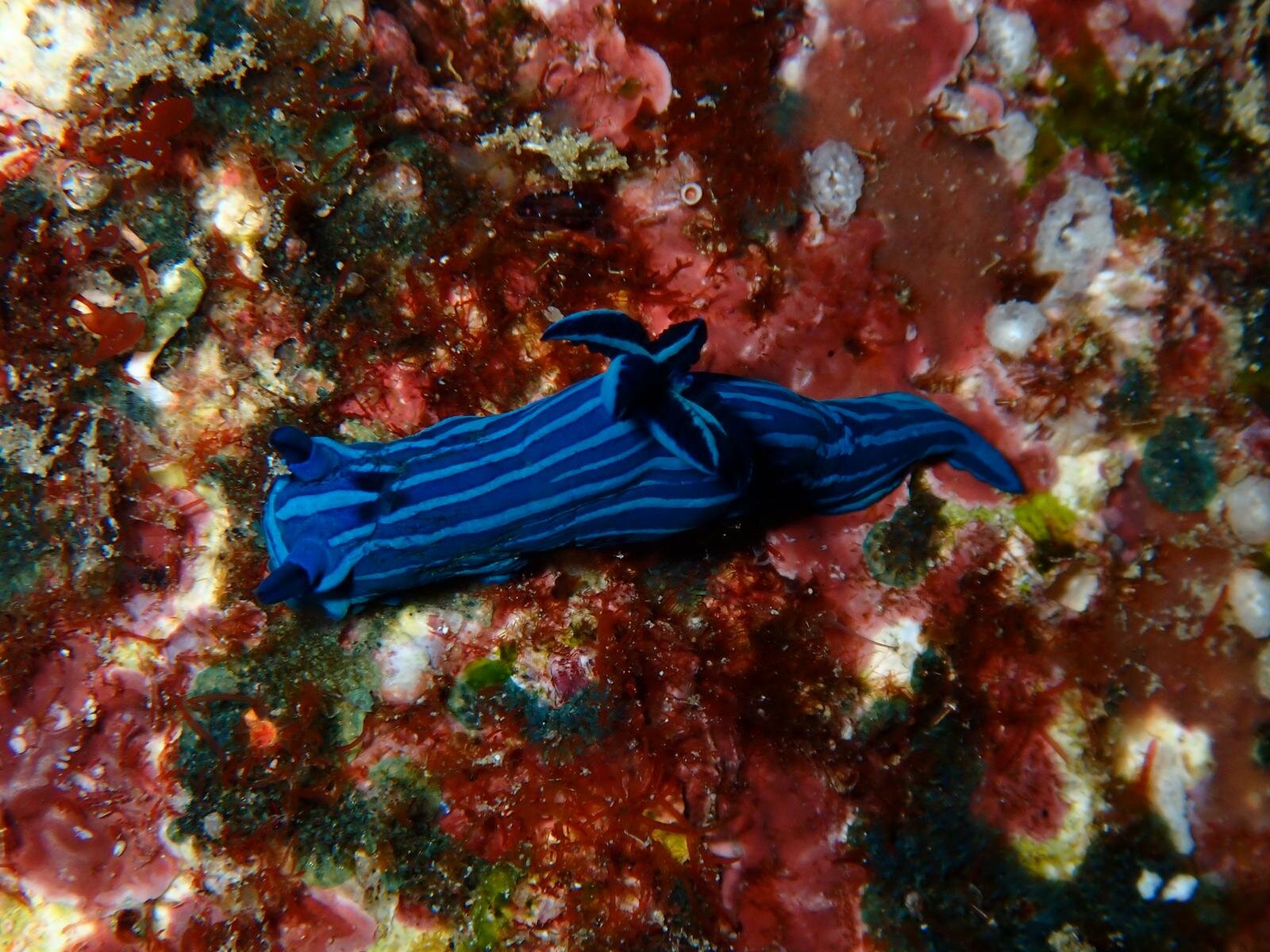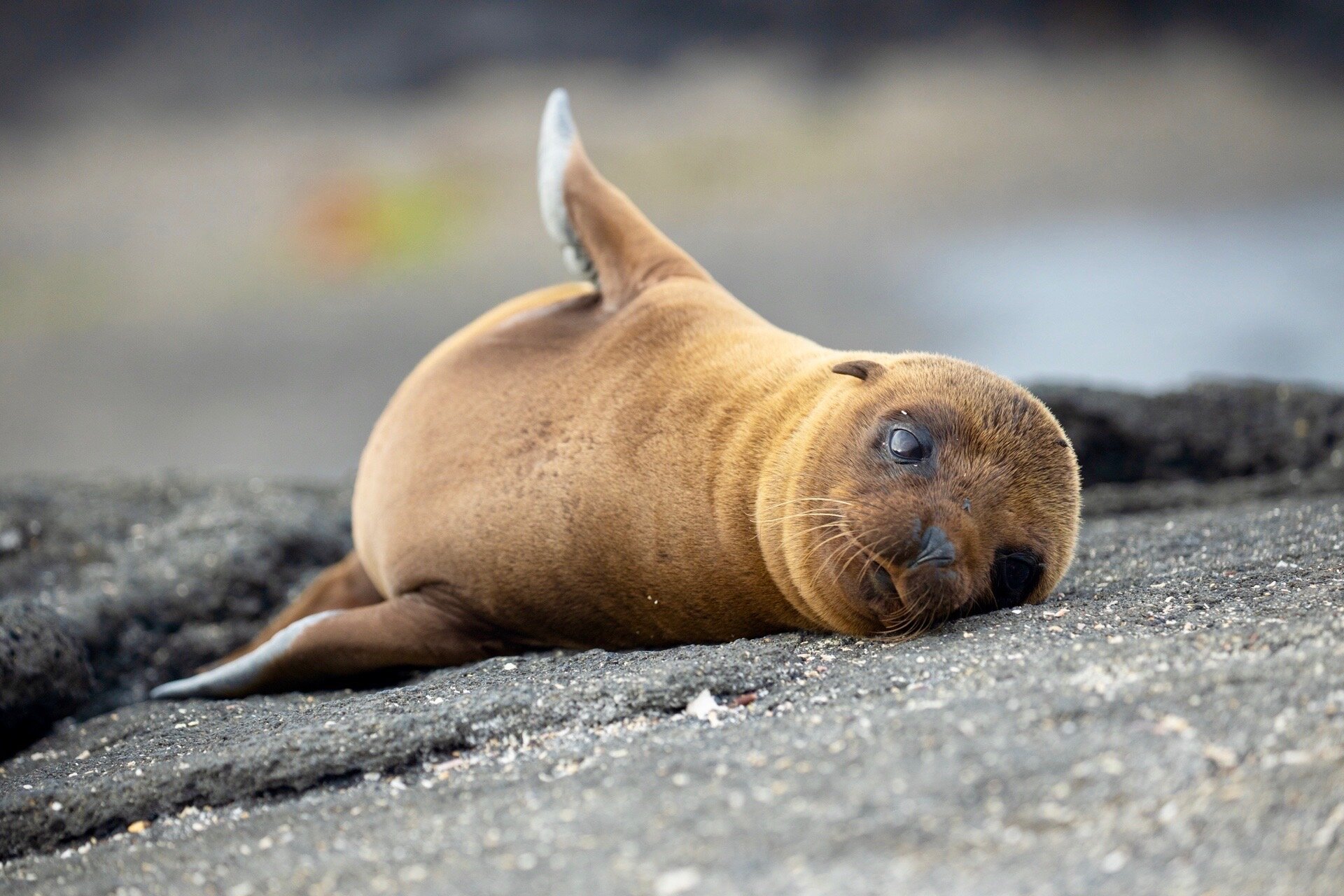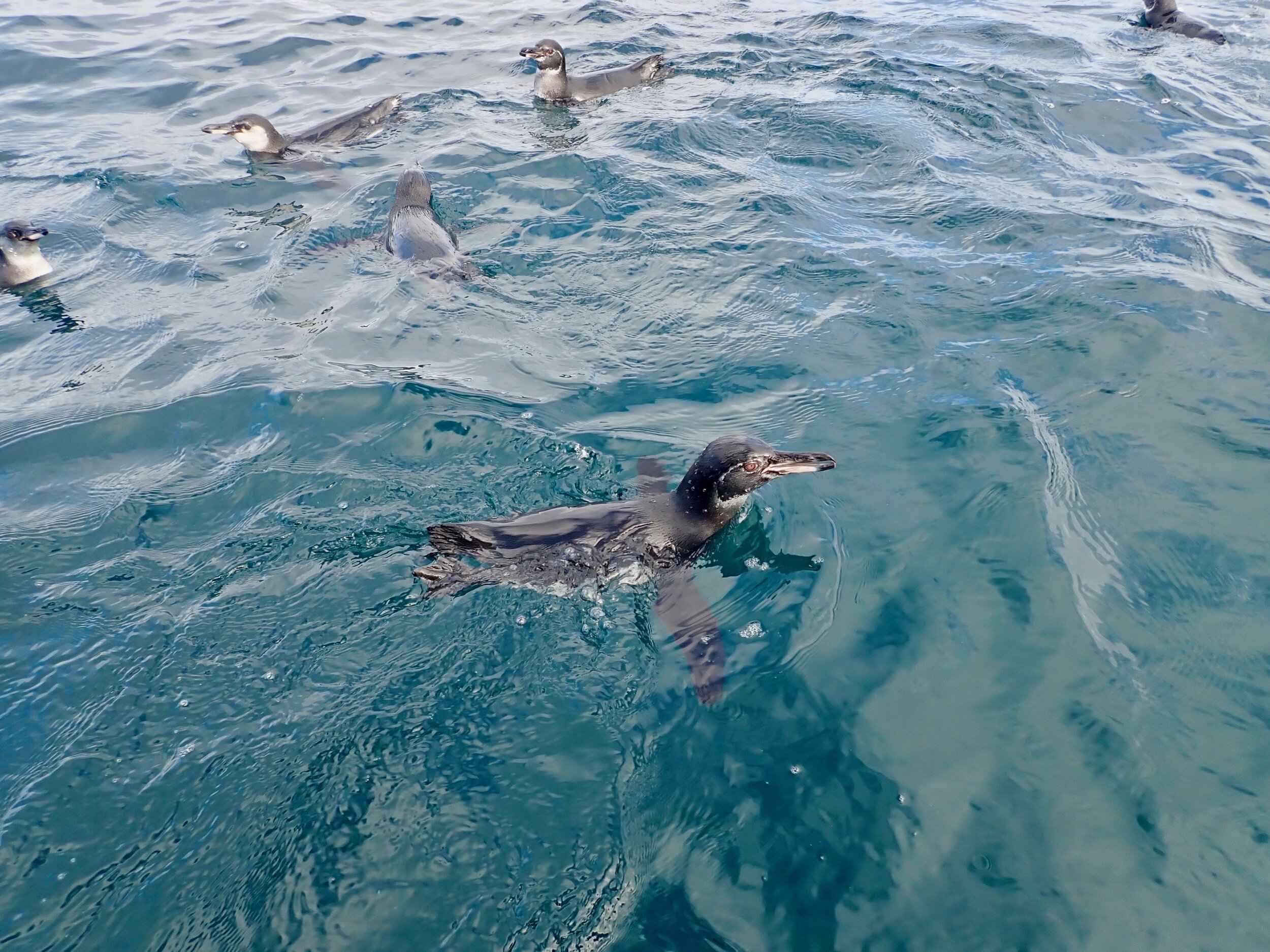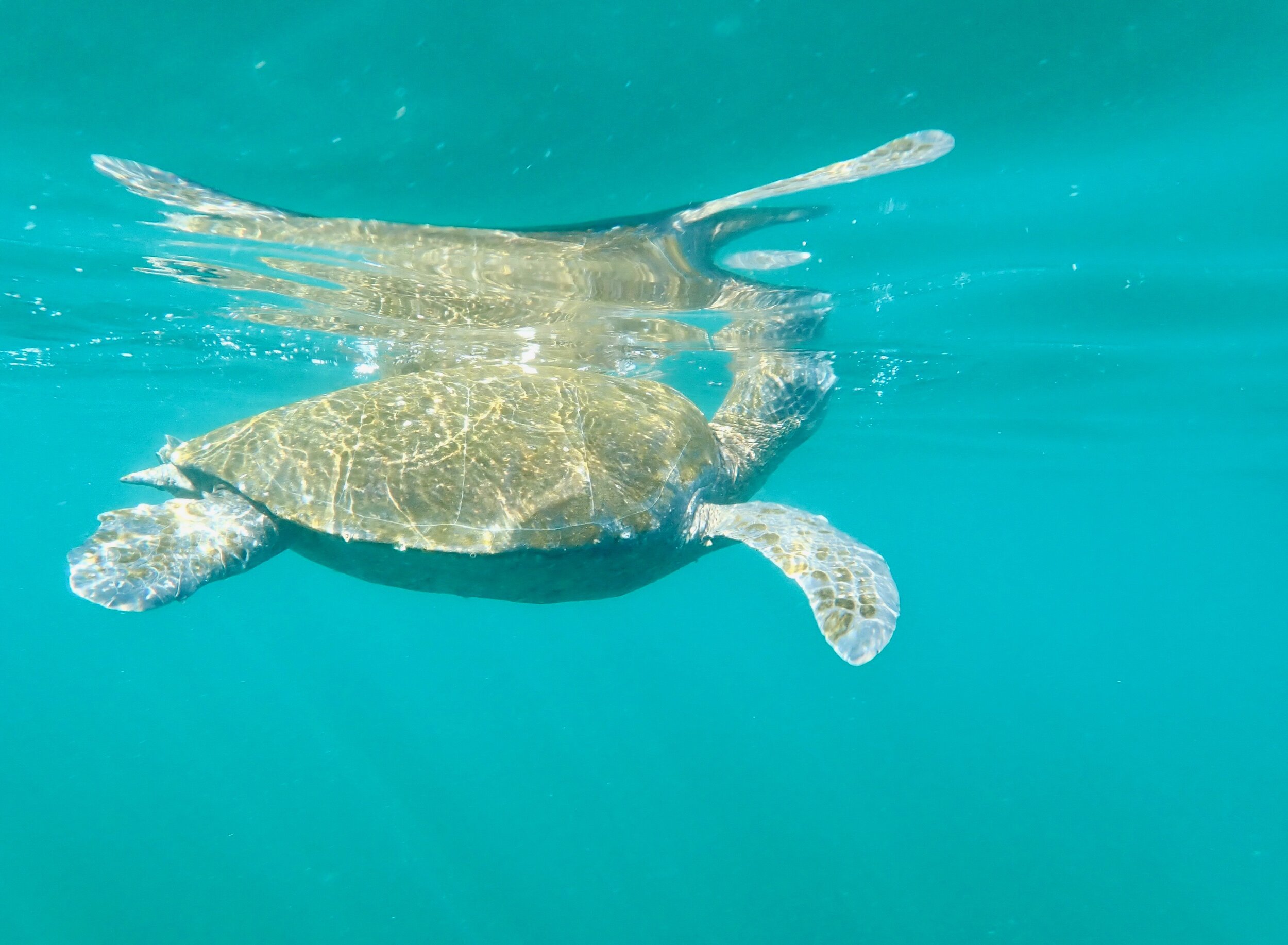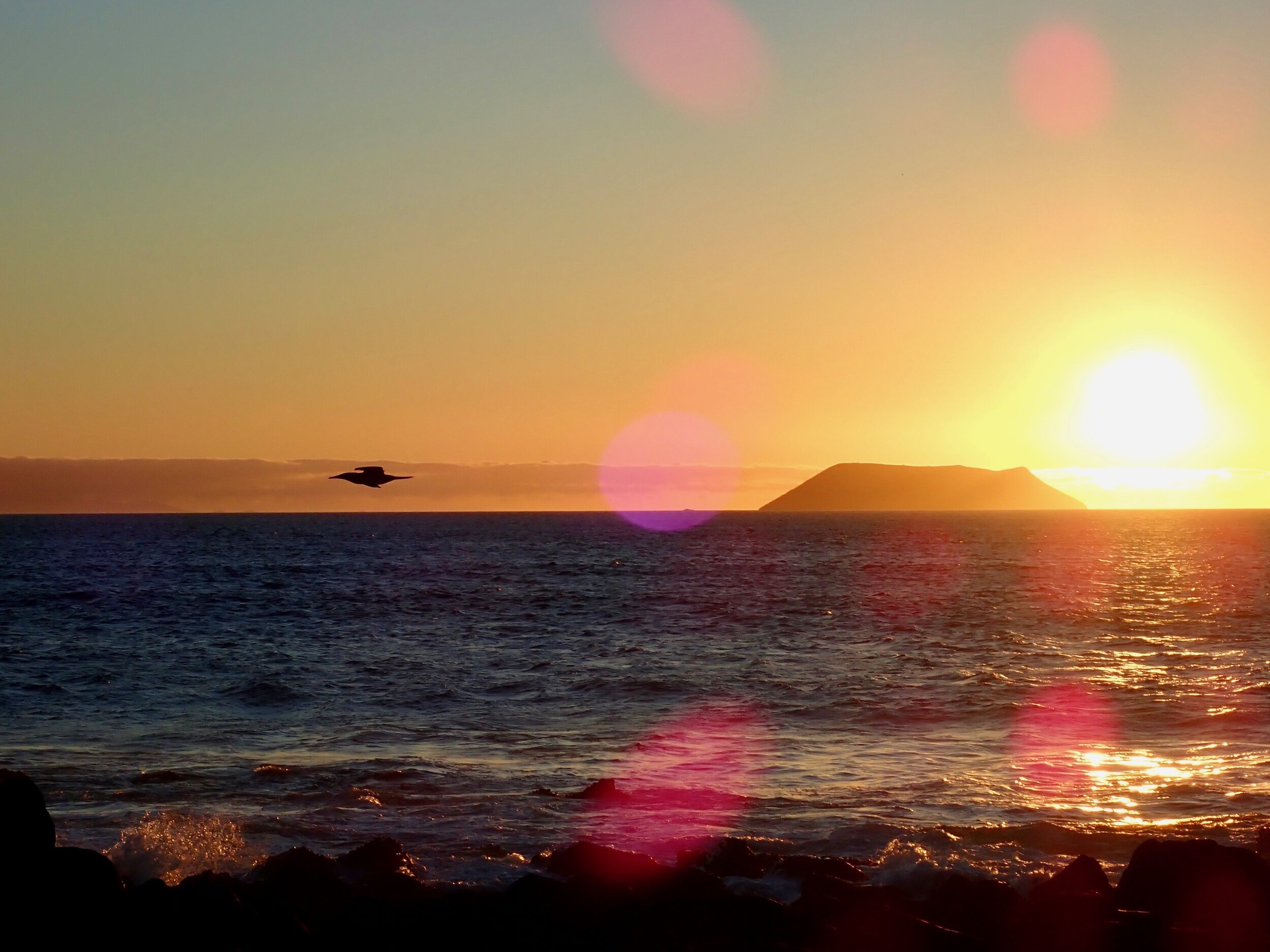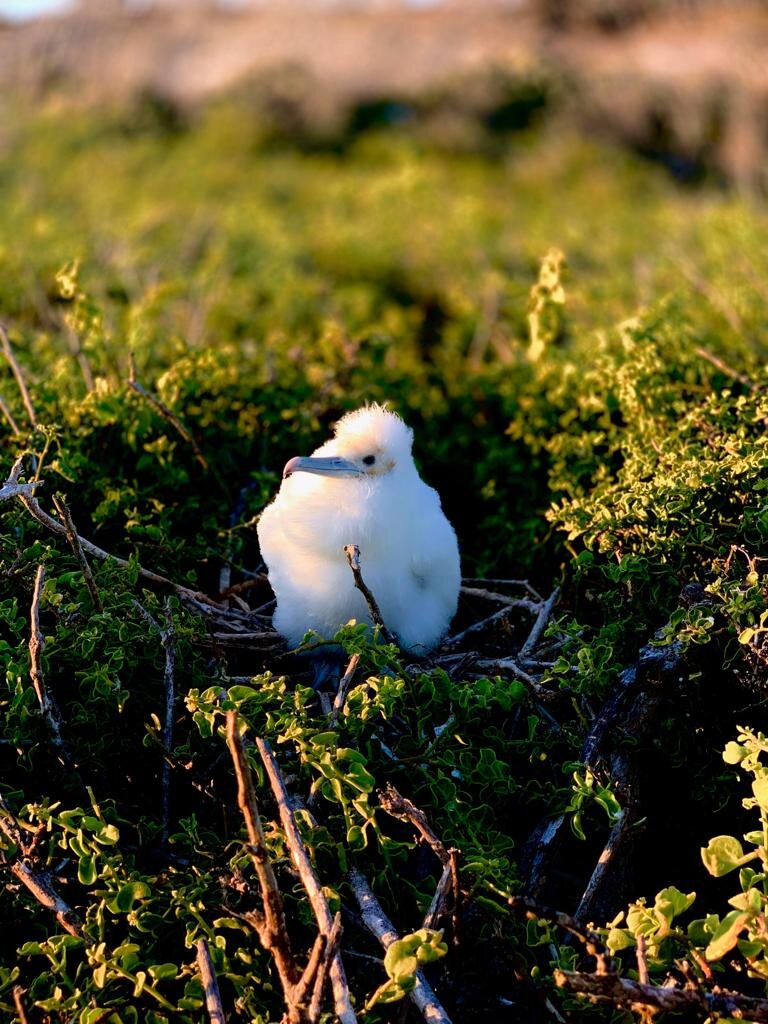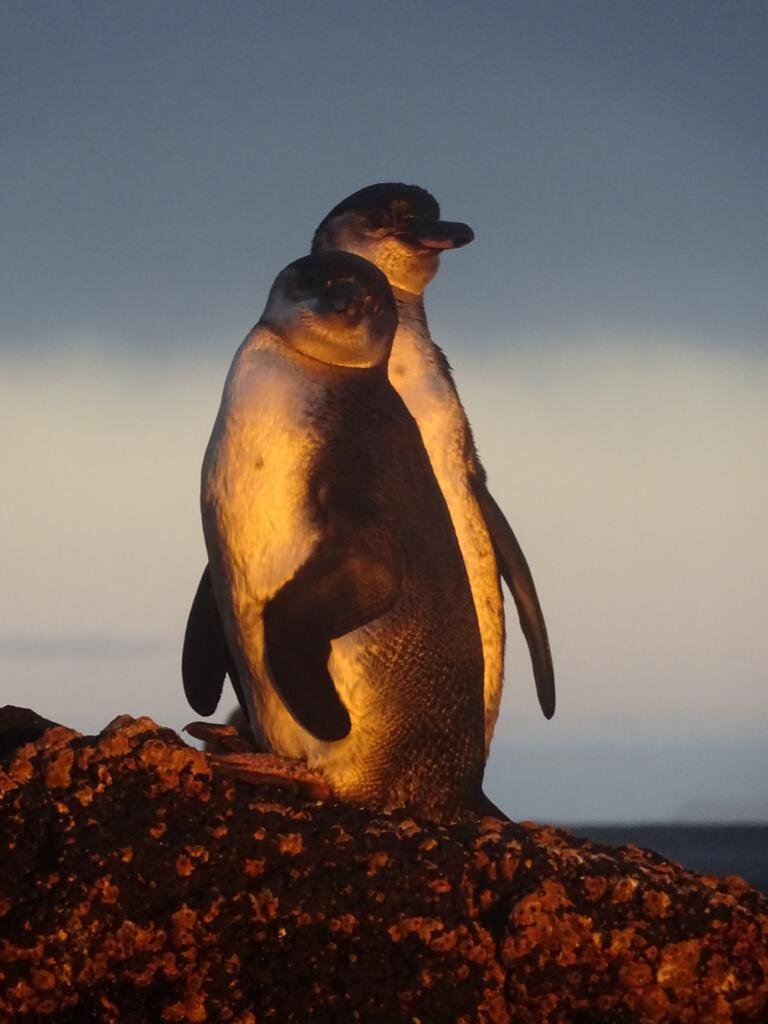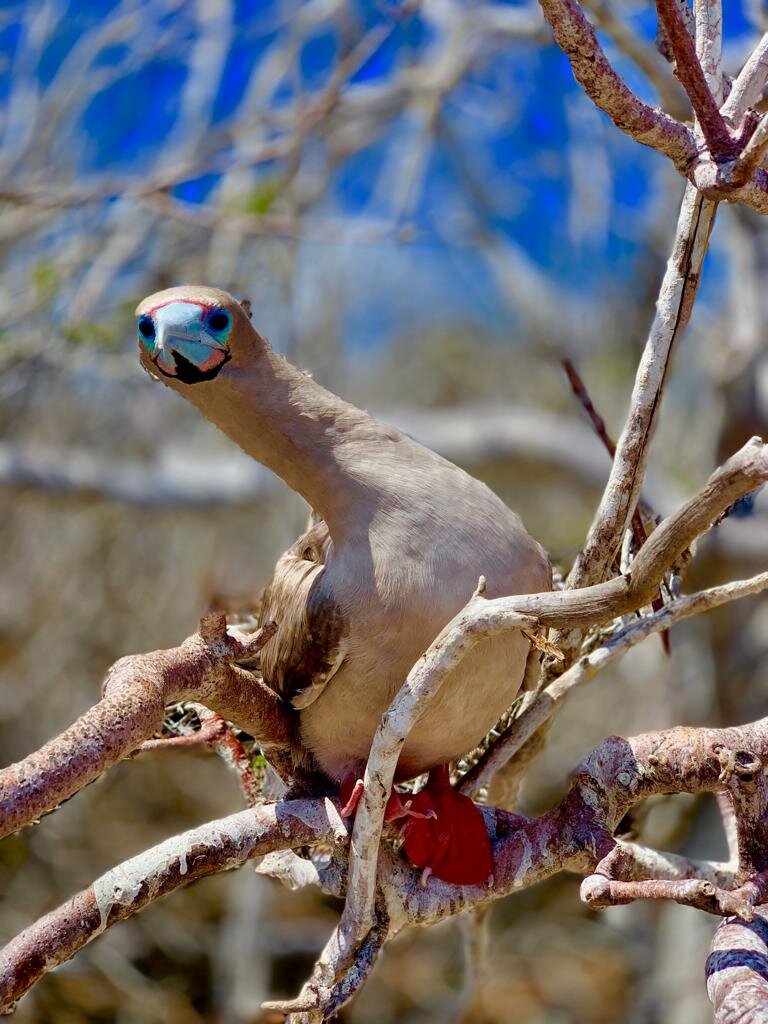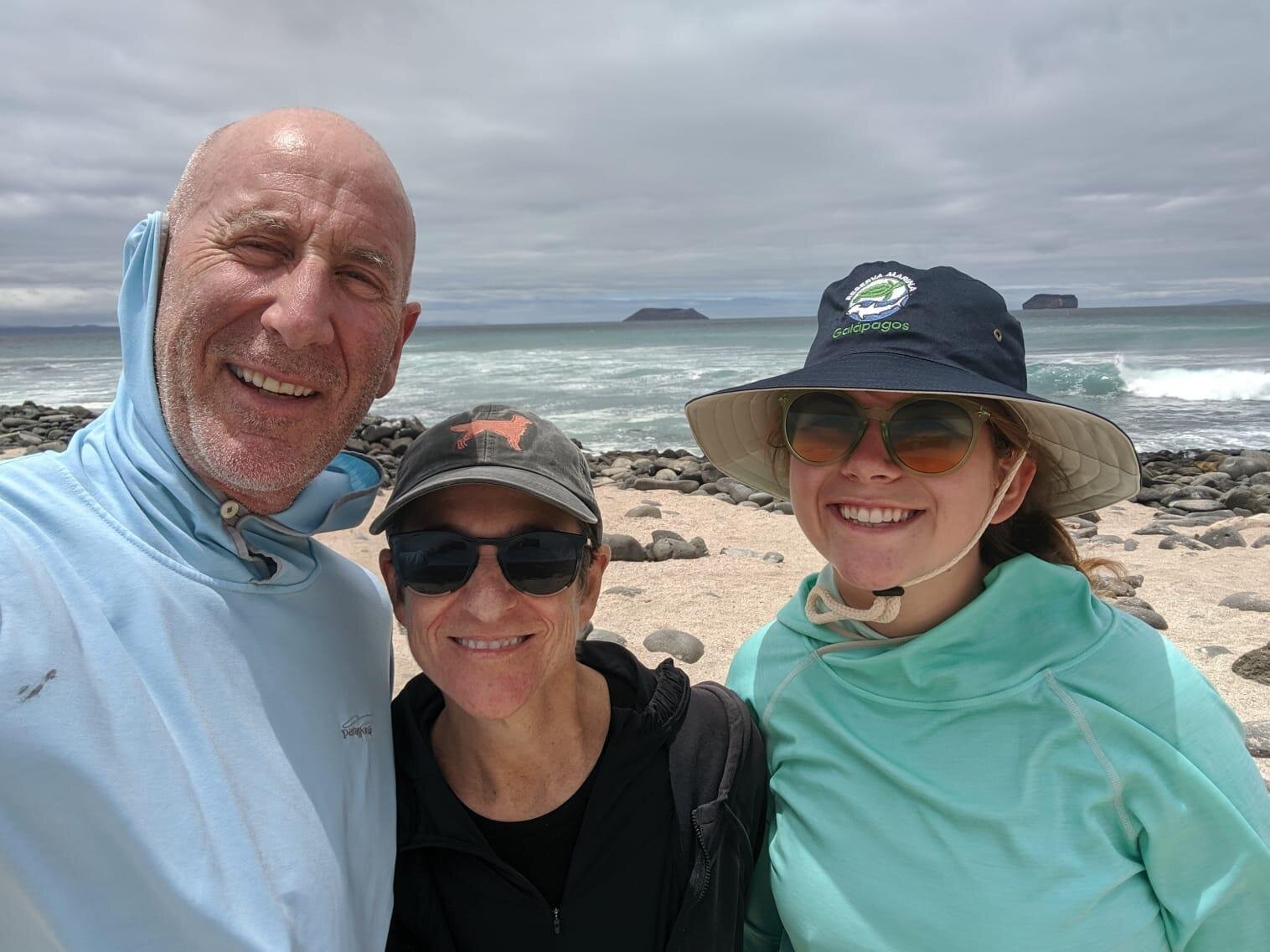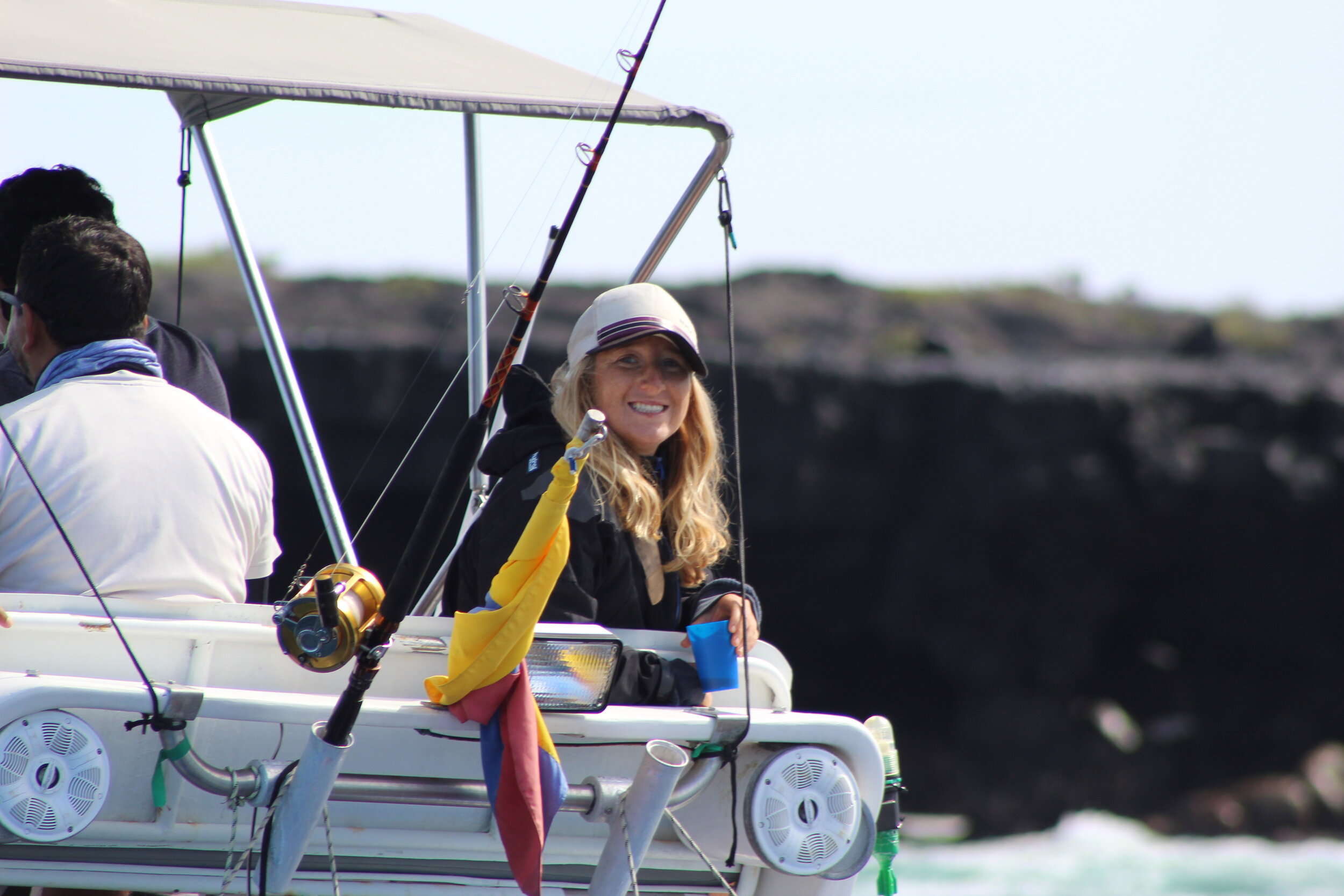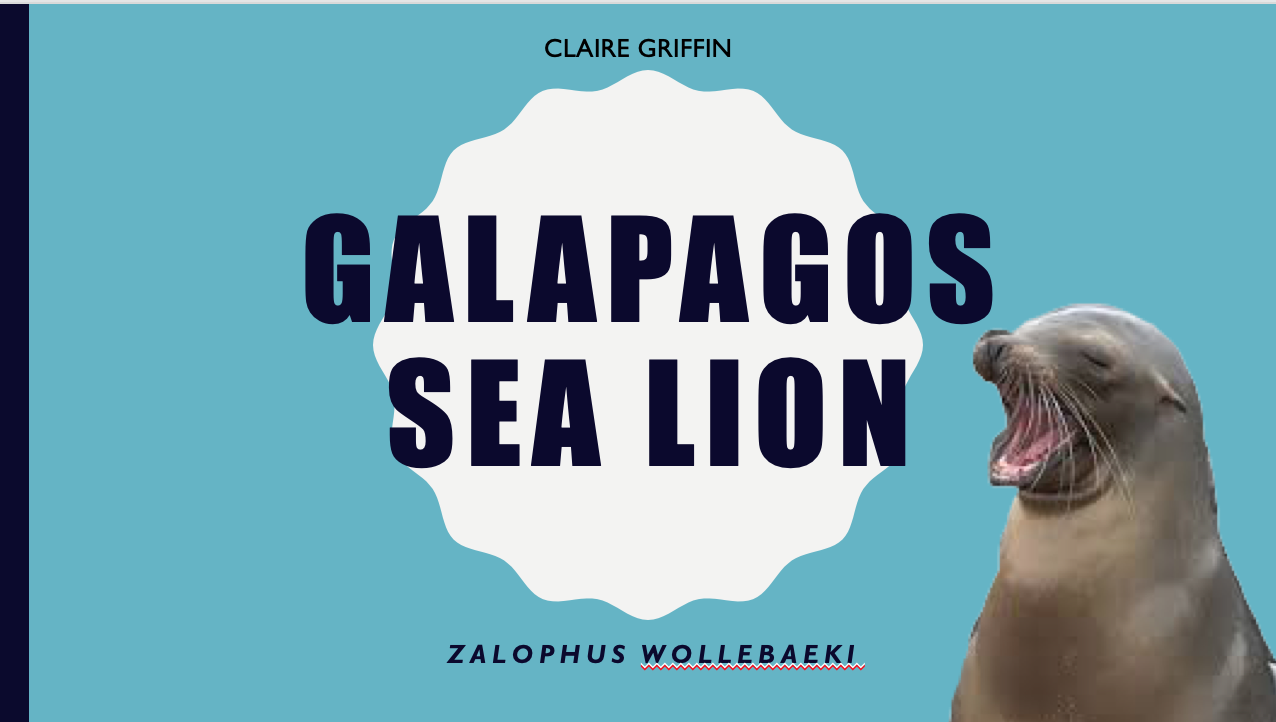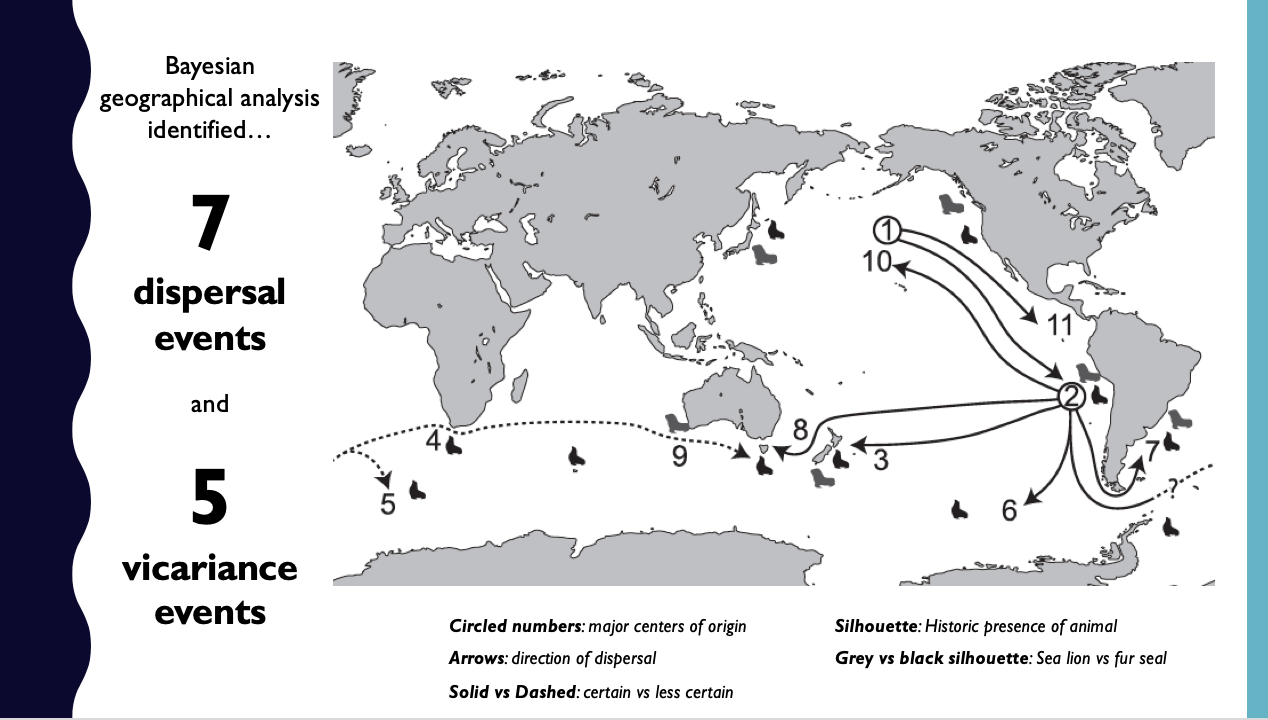We often get asked by potential volunteers "What is there do to in Isabela Island? Are there free activities? Are there tours? When is there time to explore?" The answers are: There's lots to do! There are free activities as well as tours! And we want to make sure you that as a volunteer you're able to experience the beauty of Isabela in your free time (afternoons and weekends).
Our incredible social media volunteers have put together a list of things to do in Isabela! Read on to learn more about their time exploring Isbabela Island. Thanks to Nicole, Rolph and Michelle for their input and photos!
Have questions? Contact us and we'd love to answer any questions you may have!
Free Activities:
Concha de Perla:
After taking Saturday to relax and walk around town, we decided to go snorkeling on Sunday. The best spot to snorkel in town is a small, sheltered lagoon called Concha de Perla, and is located next to the pier, about a 15 minute walk from IOI headquarters. It is free to get there and IOI has some extra snorkel equipment for the volunteers to borrow. Be careful walking down the path because you might find your way blocked by a sleeping sea lion or a stray iguana!
I had been snorkeling there once before starting with IOI, and had been lucky enough to spot several beautiful eagle rays, dark colored rays with white spots. The second time I went (the first for the other volunteers), we got even luckier. We went at low tide, when the water is supposed to be much calmer and clearer. We spotted more eagle rays, a turtle, a sea lion, some iguanas, and, best of all, 5-6 tiny Galapagos penguins! The penguins were super fast, darting around and catching fish. They seemed quite unphased by the groups of people oggling them, and we got to watch them up close for almost an hour. One member of our group wasn’t a super confident swimmer, but at low tide the water was calm and shallow, and with her flippers and snorkel she didn’t have any difficulty. So far, this has been my favorite day on Isabela!
The Giant Tortoise Breeding Center:
Centro de Crianza Arnaldo Tupiza
We have a volunteer program at the tortoise center! Want to learn more? Visit our website: https://www.ioi.ngo/tortoise-center
Run and maintained by Galapagos National Park, the tortoise center is about a 30 minute walk from IOI headquarters.
In November 2019, IOI, Galapagos Park rangers, and Galapagos conservancy specialists, participated in a repatriation of 309 giant tortoises! This means that 309 giant juvenile tortoises were repatriated to their natural habitat in the south of the island of Isabela! This program of captive breeding and subsequent repatriation of tortoises is one of the most successful in Galapagos, and several populations of different species of tortoises have recovered.
The tortoise center is in a sunny area with limited shade, so wear sunscreen and bring plenty of water! Visit our website for more information on our tortoise center volunteer program: https://www.ioi.ngo/tortoise-center. And check out the blog post from January with the inside scoop on volunteering at the center: https://www.ioi.ngo/blog/allageswelcome
Laguna Salinas:
”Flamingo LakE”
For an easy walk and great bird watching, you can head to Laguna Salinas, accessible in town down a road near Isabela Grill. There are various salt and brackish lagoons all over Southern Isabela where you can see a variety of coastal and sea birds. There are many brackish lagoons allowing Southern Isabela to be known for the largest concentration of flamingos in Galapagos!
Beaches:
There are beautiful beaches right in town, only a couple minutes walk from the main square! These are long, white sand beaches with beautiful blue waters. On most beaches you can find lots of crabs and iguanas on the rocks and you can (almost always) be guaranteed a beautiful sunset. Don’t expect to find a seat on the bench as the sea lions have usually snagged them!
El Muro de las Lágrimas:
The Wall of Tears
We rented bikes for this excursion. The trail is 5km long and starts just past the trail to the Giant Tortoise Center. In total, the wall is about 6.5 km from IOI. I listed this as a free activity as it is possible to walk/run the trail, but it is somewhat long and hilly, so I would highly recommend renting a bicycle. The bicycles are generally $3 an hour or $15 per day, so they are still quite budget-friendly. Our trip took about 3.5 hours (although we made several lengthy stops along the way), so we paid $10.50. It is a fairly long ride with a lot of hills, so be sure to bring lots of water and try to go in the morning or late afternoon, when the heat is less intense. We left at about 3pm. It was still somewhat hot when we started but the weather cooled down pretty quickly and was a very pleasant ride after the first 45 minutes or so. There is also an option to take a taxi to the head of the trail to at least chop off the first 1.5km.
The wall rises from the middle of barren wilderness, near the base of a mountain. It was built from 1946-1959 by prisoners in the Isabela Penal colony as a means of keeping them busy. Many died during the harsh labor conditions surrounding the wall’s construction before the colony was eventually shut down for inhumane treatment of prisoners. The wall now stands in tribute to those who lost their lives to build it.
Behind the wall there is a trail up the mountain to a lookout point at the top. There is another lookout just before the last stretch of the bike trail which offers similar views of Isabela.
Tours:
NOTE: All of these activities must be done with an organized tour agency as they are part of the Galapagos National Park. Prices below are based on Natural Selection tour company, near IOI, and tours can be arranged once in Isabela.
Las Tintoreras:
Price: $40
Approx. time: 3 hrs
Our first day in Isabela, we took a boat out to Las Tintoreras. This tour can also be done by kayak. Las tintoreras are a series of islets just south of Puerto Villamil. It is about a 10-15 minute boat ride to get there. We spotted a penguin on our way there! We did a short hike around the islet. We spotted several turtles and a couple of golden rays from the land, and we saw two turtles mating! The snorkeling was beautiful, with crystal clear water. We saw lots of turtles and starfish, as well as a couple of swimming marine iguanas. I also spotted a large, alien-looking yellow striped lobster, and one member of our group saw a shark!
Sierra Negra volcano:
Price: $40
Approx. time: 5 hrs
Sierra Negra, the Second Largest Crater in the World! One of five active volcanoes on the island of Isabela, Sierra Negra, is one of the oldest of the island and the largest in the Archipelago. It was about a five hour hike round trip, with a bit of an incline on the way up. We first hiked up to Sierra Negra to view the large, lava-filled crater at the top. Beyond Sierra Negra, the landscape grows more space-like with black reddish lava rock spread out in every direction, dotted with cacti. Volcan chico is smaller but more colorful, and just past it is a beautiful lookout over Isabela, from which you can spot Fernandina and Elizabeth Bay. I would recommend bringing sturdy hiking shoes, sunscreen, and LOTS of water for this tour, as the hike is fairly long and the heat may make you dehydrate quickly, maybe bring a layer as well since the area can be a bit cool and misty.
Los Tuneles:
Price: $110
Approx. time: 5 hrs
Our Los Tuneles tour was incredible. Los Tuneles are a series of lava rock tunnels about a 1 hour boat ride to the west of Puerto Villamil. We went on a short hike around and spotted lots of blue-footed boobies, and even a couple of their babies! The snorkeling here was also superb. We saw some white-tip sharks asleep in the caves formed by the tunnels, as well as rays, tiny seahorses, and several turtles, one of which was almost as big as I was!
This was my favorite tour on Isabela and I would highly recommend it.
Tortuga Island Diving:
Price: $170
Approx time: 4 hrs
I went scuba diving on Tortuga Island with Isla Bella dive center. Both of our guides were friendly and experienced and went over the briefing in great detail. All of the equipment was functional and safe. I had found it hard to believe when the woman working at the dive shop told me I had a 90% chance of spotting a hammerhead on the dive, but we were not disappointed. We spotted 4-5 hammerheads, several giant manta rays, white-tip sharks, schools of barracuda, and lots of turtles! It was a drift dive so we were able to just relax and watch the wildlife as we drifted by. In between dives they gave us sandwiches and took us around the island to see the frigate birds, which were in their mating season, with the male frigate birds having huge inflated red chests. It was overall an incredible experience and a must-do for divers!
We hope this was helpful for potential and future volunteers! There are lots of other things to do in Isabela and on other islands, so make sure to only use this as a guideline and do research before you visit us.
Make sure to check out all of our volunteer opportunities in Galapagos: https://www.ioi.ngo/volunteer-galapagos and contact us with questions or to sign up for our newsletter!









